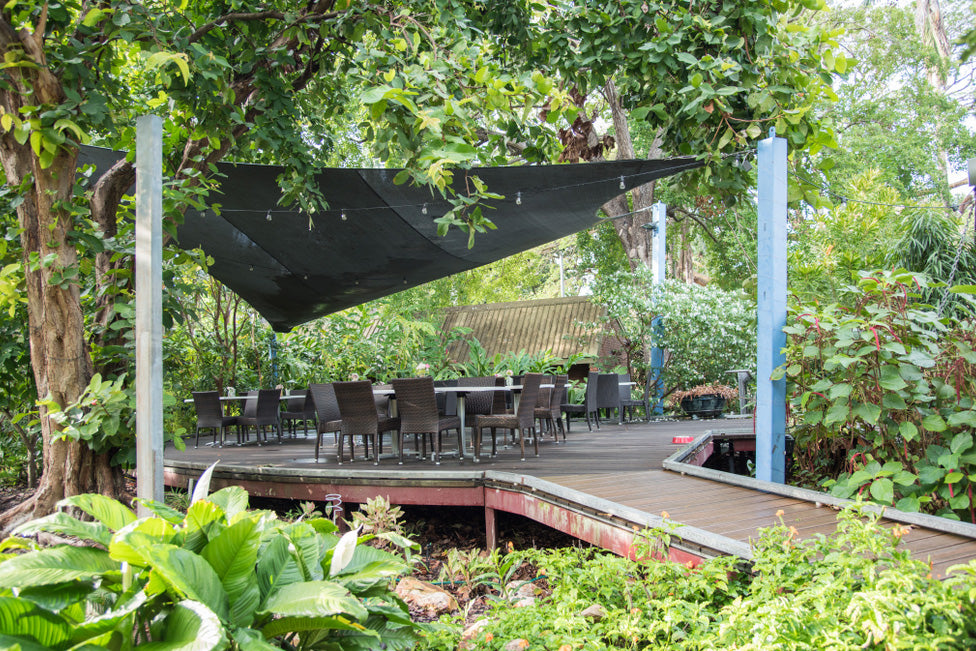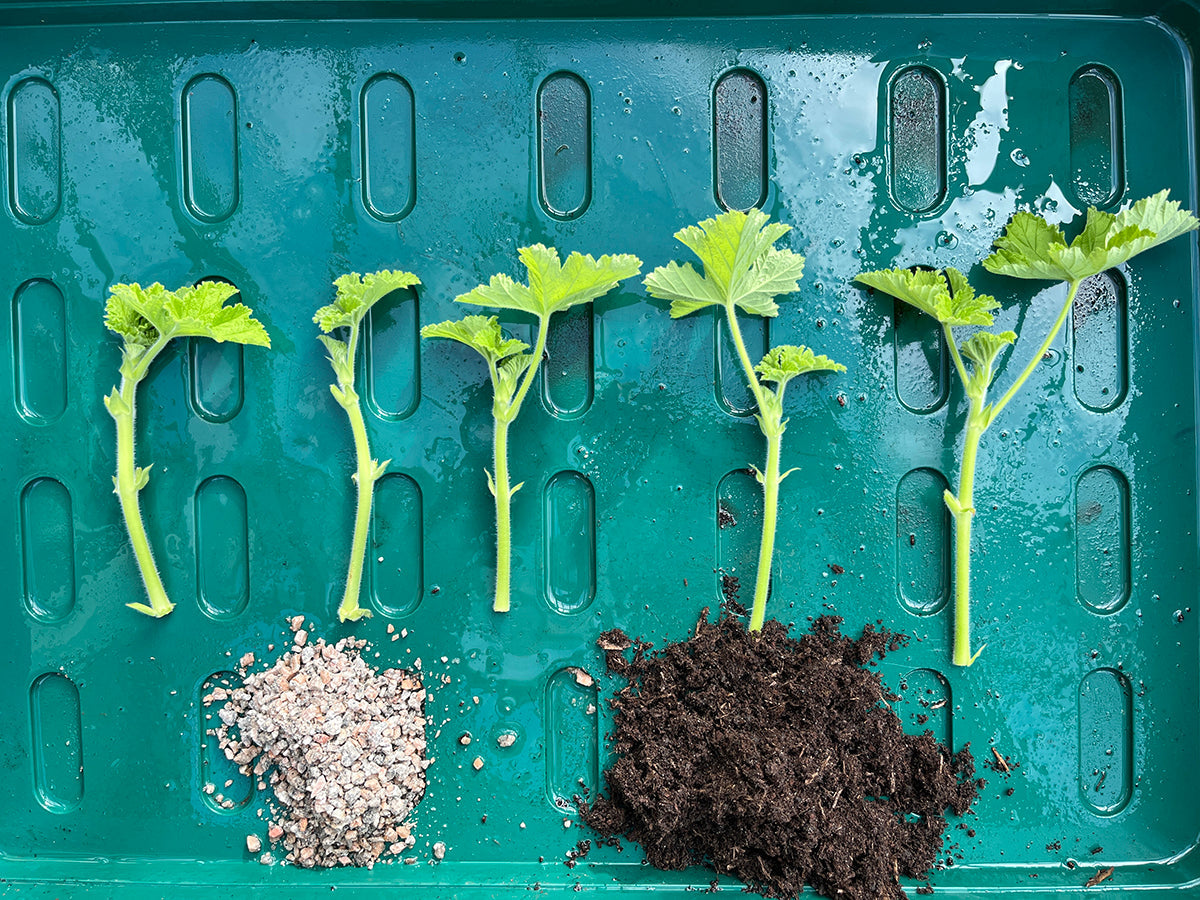Technology in the garden - sails for cooling shade

Sails make a great alternative to umbrellas, creating a cool retreat in hotter weather without an intrusive pole. They also have a graceful, contemporary feel. Most will stand up well to a summer shower too. Here are a few things to consider.
The material used for the sail is key. Most use a tightly woven, tough polyester or polyethylene fabric, which gives good UV protection, and should also offer water-resistance as well as enough breathability to allow air to pass through. Look for a high-density weave for better UV protection.
The next consideration is what shape will suit the space you have and the sun’s direction. Sails typically come in rectangular, triangular or square shapes and in a range of sizes. The corners of these are reinforced with double stitching and have a loop or metal D ring to attach to the supports and rope ties to extend the stretch when needed.
Hanging the sail may need a little imagination. You may be lucky enough to have a tree in the right position or you might want to hang the sail to the back of your property with hooks or brackets. But it’s also possible to use specially erected and secured poles to create another support. You’ll also need an angle for drainage in case you get a downpour. Ideally, you should also be able to easily unhook the sail in strong winds











